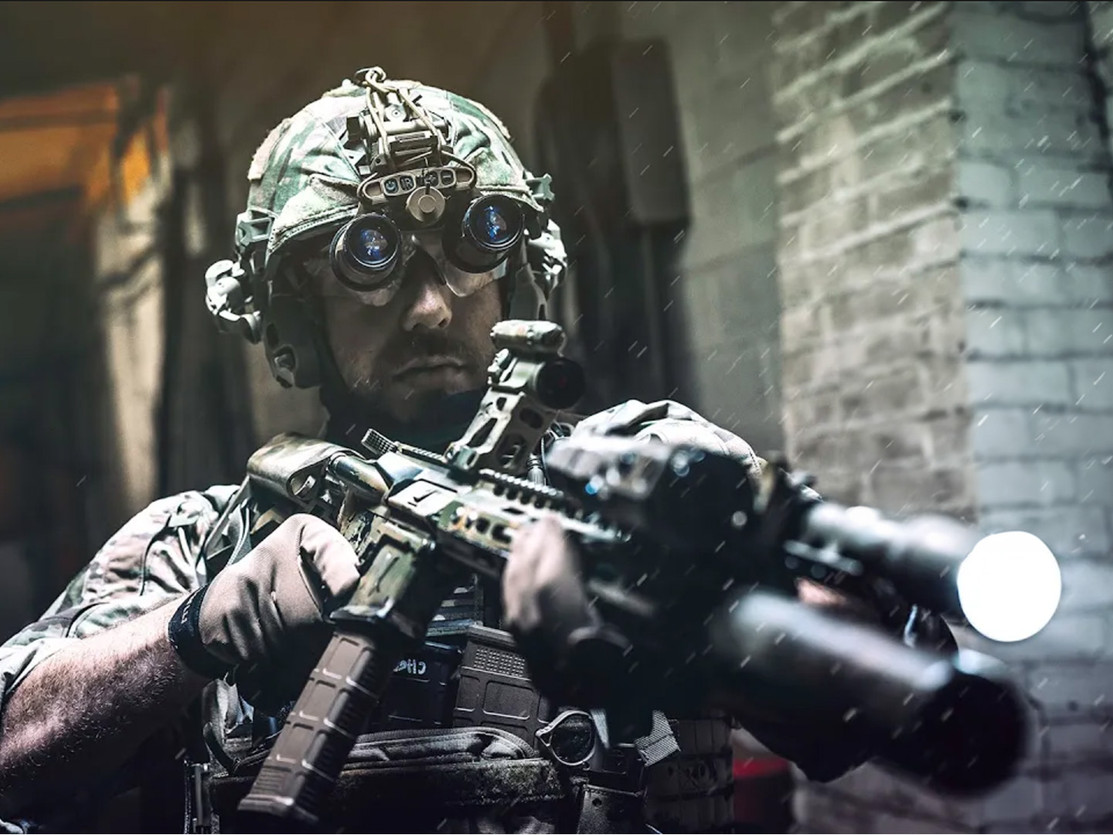Posted by Tim Marshall on Aug 23rd 2023
Mastering Low-Light Techniques: Illuminating the Dark Art of Tactical Lighting
The application and mastery of low-light techniques are integral in self-defense and tactical operations. Navigating the complexities of low-light scenarios requires a blend of skill, knowledge, and the right equipment. In this discussion, we'll delve into the intricacies of tactical lighting and provide insights into effective low-light tactics.
The Critical Role of Light in Gunfighting
Gunfighting is inherently visual, and the role of light is pivotal. Understanding how to employ light effectively in a dark environment goes beyond simply turning on a flashlight—it requires an understanding of how light interacts with your surroundings and targets.
The Complexity of Using Light in Low-Light Situations
Using light in low-light situations isn't as straightforward as it may seem. Illuminating a target is just the beginning; the real challenge lies in optimizing the use of light to gain a tactical advantage. Training is key to overcoming instincts that may not be effective.
Matching Lights to Weapons: A Crucial Consideration
The correlation between the type of light and the weapon it's mounted on is often overlooked. Specific illumination patterns and ranges must be considered to match the right light to the right weapon. The compatibility enhances effectiveness and ensures optimal performance.
Light as Communication and Signaling
In dark scenarios, light serves more than a targeting function; it can also be a means of communication. Techniques like strobing or lassoing a white light can aid in identifying one's location, providing nonverbal cues for better coordination.
The Art of Searching in Low-Light Environments
Effective searching in low-light conditions requires a methodical approach. Breaking down the search into near, middle, and far distances helps in processing information more efficiently, and understanding how shadows work can reveal hidden threats.
Navigation and Controlling: Harnessing Light's Power
Navigating in low-light scenarios requires specific techniques, such as moving off the spill of the light for safe muzzle control. Additionally, the use of the light's hotspot can disrupt a suspect's vision without compromising safety.
Light as an Identification Tool
Effective use of light patterns aids in discerning between teammates, suspects, and potential threats. Mastery of these patterns can lead to more informed and rapid decision-making in high-stress situations.
Essential Considerations When Choosing a Light
Selecting the right light for tactical purposes requires considering several factors, such as rechargeable batteries, testing before deployment, and the reliability of switches. These considerations contribute to functionality and performance.
Conclusion: Mastery through Training and Purpose
The mastery of low-light techniques requires dedication to training and understanding various aspects of light manipulation. Tactical and administrative lights serve different functions, and each must be used appropriately to achieve optimal performance.
In summary, understanding the nuances of using light effectively in low-light scenarios is both an art and a science. Regular training and thoughtful consideration of each aspect, from searching and navigating to communicating and controlling, can lead to enhanced performance in critical situations.

